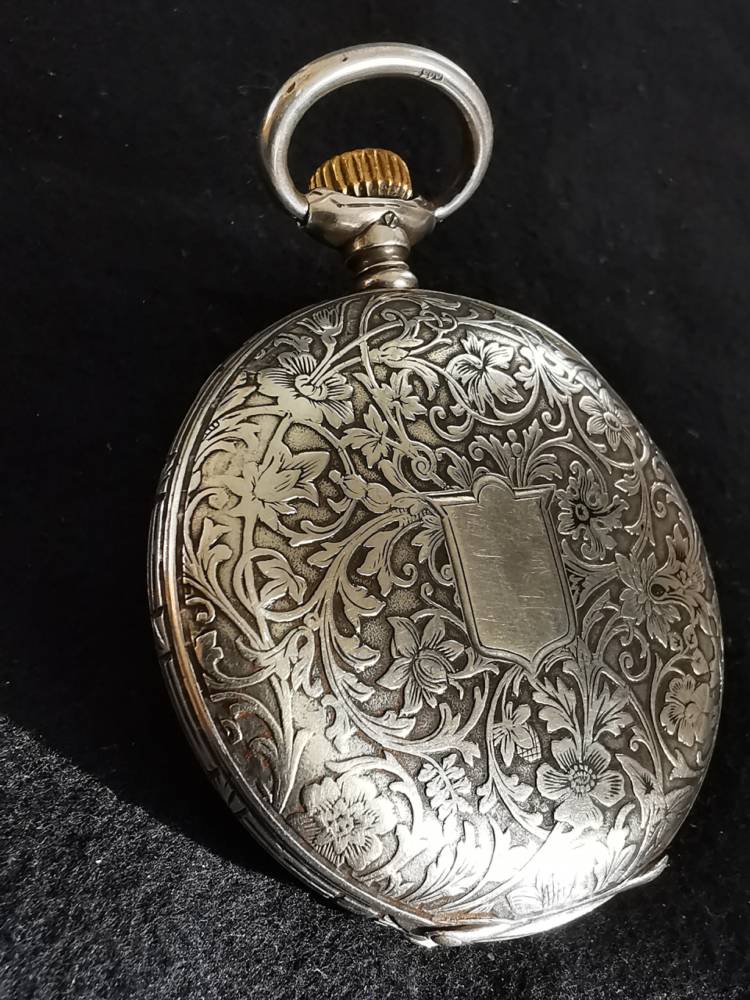As some of you know, I am collecting pocketwatches, IWC only.
Far from saying that my collection is a museum collection but I am proud to
have found some nice and rare pieces over time.
Some of the pocketwatches are common, easy to find on the market, sometimes in
better condition than mine, but some I have are gems.
So in these crazy times, as the museum in Schaffhausen is closed, why not open
one here on the forum.
As long as the museum is closed, I will post here daily a pocketwatch from my
collection.
I hope I don't run out of pieces before the virus is beaten. Fingers crossed
for all of us.
I will post them in a random order, with some comments, feel free to join.
Keep safe all.
DAY 11 :
Today I want to show a cal 52 in a silver case.
The pocketwatch has a dial without the name International Watch Co on it, the
caliber is a normal cal 52 ( the bestselling caliber in pocketwatches )
so why would I have bought a watch like this for my collection ?
Well, turn it around and you will see ; what a case decoration. It is possible
that it was in origin a Niello case. And as with a lot of these cases, the
black kind of resin went missing over time. I will make another post about a
Niello case later with more explaining about that technique of decoration.
"From the Latin nigellum (black), niello is a method of delicate decoration on
polished metal surface created by filling engraved lines with a black metallic
amalgam. While similar sometimes in appearance to black enamel, it is metal,
not glass. The earliest niello pieces are Roman, with the practice continuing
through the middle ages and right up to the present."
and on another site :
"The term niello comes from the Latin word nigellum that is the diminutive of
niger (black.)"
The watch is from 1907 and you can see the Probus Scafusia stamp already on
the case and on the caliber.
Here are the pictures









 So we see
So we see







 IWC adapted
IWC adapted Regards,
Regards,